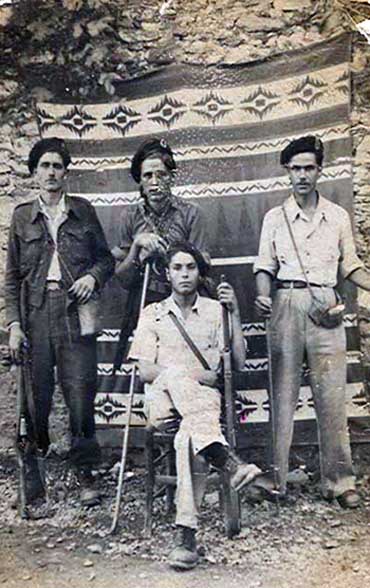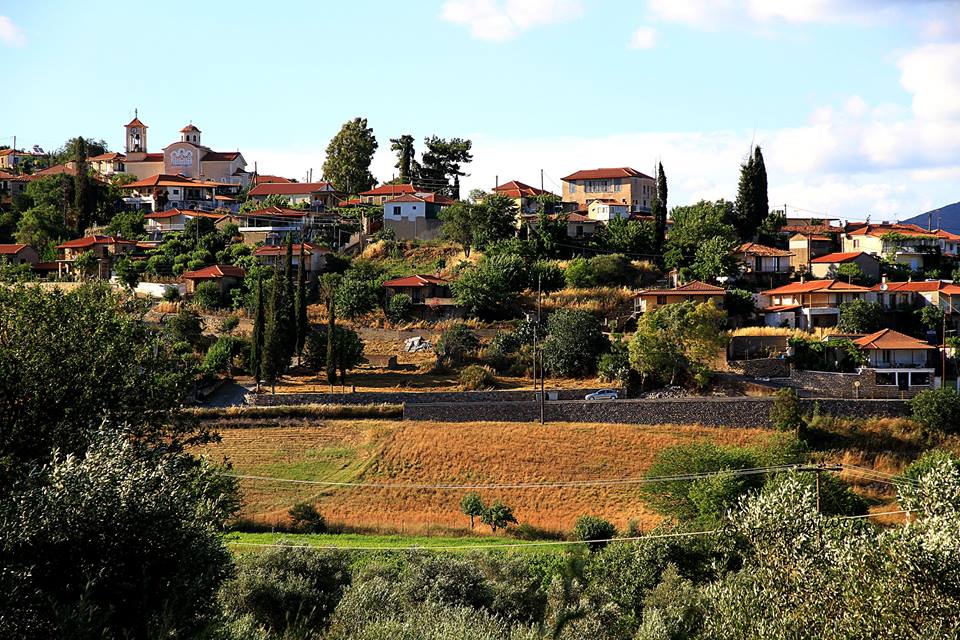 In of 1926 two relatively small tholos graves were excavated by Th Karachalios on the place of assembly “Spelies”. On the same place of assembly vaulted a cutout was discovered 1970 by the director at that time of the Ephorate G. Steinchauer.
In of 1926 two relatively small tholos graves were excavated by Th Karachalios on the place of assembly “Spelies”. On the same place of assembly vaulted a cutout was discovered 1970 by the director at that time of the Ephorate G. Steinchauer.
The large tholoi graves and the prehistoric remains on the Acropolis from Pellana became during the scooping out open, which were led by the present director of the Ephorate Dr. Th Spyropoulos, 1980-1995.
This formed specific studies for strengthening and covering the large tholos grave for direction of the re-establishment of antiques in the Ministry of the culture, but work did not still begin. This it most important monuments of the place of assembly:
Kirchhof of rock cut those tholos graves, dates period on the place of assembly “Spelies” to the Mycenaean. The largest was designed in the early Mycenaean period (1500 B.C.); the diameter of its tholos was 10m. It is certainly a royal grave.
The Acropolis of Pellana, on that of the conserved Remains of the walls dated also dated to the Hellenistic period is ruined and to the period of Frankish rule.
The Acropolis set up by Pellana on the hill “Palaiokastro”, where new scooping out into bright remains gotten by the dwelling led, dates to the early Helladic period (possibly one palatial structure).
On the first terrace east and after the top side of the Acropolis one was uncovered by probably many more tumuli, period (2500 B.C.) dates to the early Helladic. Tumulus by Steincrepis one surrounded. Goods in situ found funerals and dump.
On the south upward gradient of the hill was uncovered part of a regulation, which was inhabited in the Mycenaean and in the Hellenistic periods. A outstanding stone paved road of the Mycenaean of date, which was repaired later, lines of the east foot of the Acropolis to the top side or to another place of assembly on the hill, in which it is expected, to be found an important building, possibly the Mycenaean palace of the range.
The Excavator Dr. Th Spyropoulos suggests that Pellana is the Homeric city Lacedaemon, in which Menelaus and Helen its palaces had.
Source: Original online resources no longer available
Postscript: In 1973 on my first visit to Pellana as a young man I remember coming from Sparta on the bus and saw to my right opposite the ‘Rassias Castle’ to upright pillars with a ledge laid on top. May years later around 1991 I notice that the two pillars were no longer in place and that a small pillar was down. where the remains o the other pillars and ledge went is not known.





